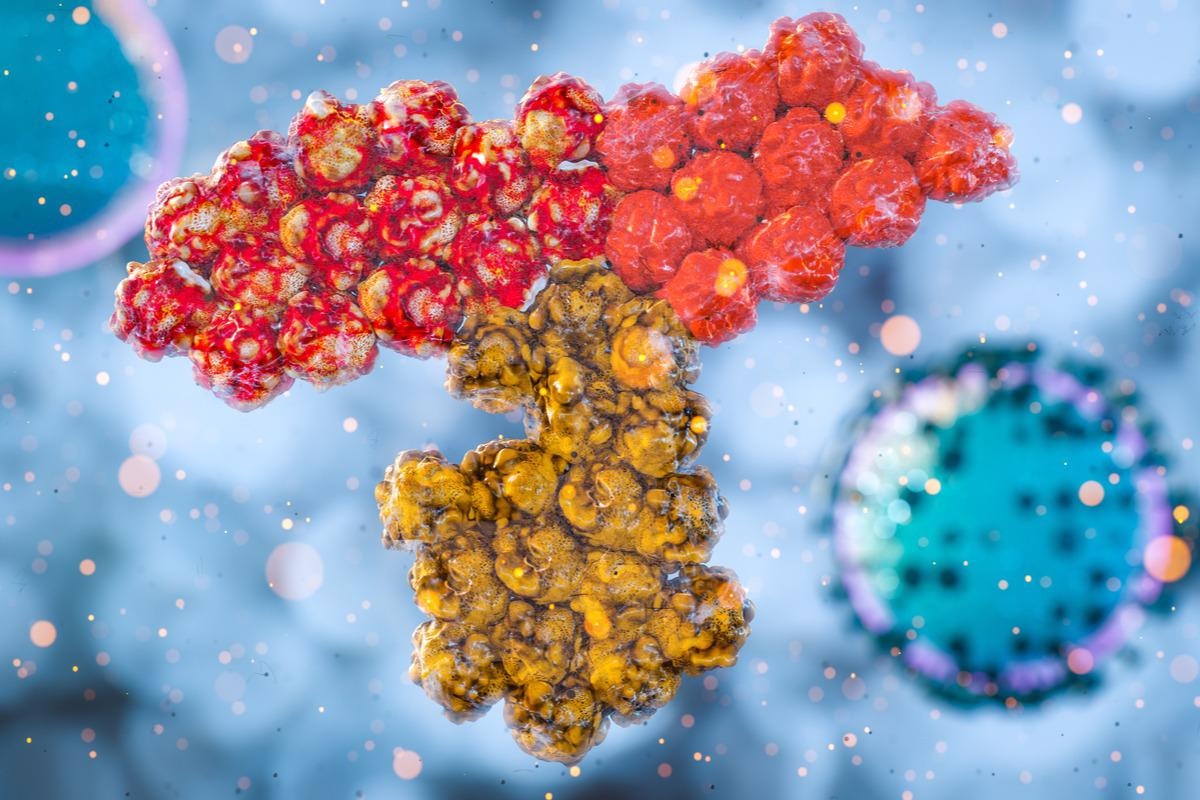SARS-CoV-2 immune memory in mRNA vaccine recipients
The coronavirus disease 2019 (COVID-19) pandemic has caused significant illness and mortality worldwide. As severe acute respiratory syndrome coronavirus 2 (SARS-CoV-2) spreads, community-level immunity, gained through infection or vaccination, is required to stop the pandemic.
 Study: mRNA vaccines induce durable immune memory to SARS-CoV-2 and variants of concern. Image Credit: CI Photos/Shutterstock
Study: mRNA vaccines induce durable immune memory to SARS-CoV-2 and variants of concern. Image Credit: CI Photos/Shutterstock
Clinical trials have shown up to 95% efficacy in preventing symptomatic COVID-19 infection using mRNA vaccines expressing a stabilized form of the full-length SARS-CoV-2 spike protein.
Previous research has primarily focused on reactions early in the vaccination process, with transcriptional analysis revealing possible linkages between myeloid cell responses and neutralizing antibodies. A successful immune response necessitates the formation of long-lived memory B and T cells in addition to the creation of antibodies.
In humans, mRNA vaccinations trigger strong germinal center responses, resulting in memory B cells that recognize both the full-length SARS-CoV-2 spike protein and the spike receptor-binding domain (RBD). Spike-specific memory CD4+ and CD8+ T cell responses have also been observed following mRNA immunization.
In a study published in Science, a group of researchers from various institutions measured SARS-CoV-2–specific antibody, memory B cell, and memory T cell responses in a group of healthy subjects who generated primary immune responses to two doses of mRNA vaccine compared to a group of SARS-CoV-2–recovered vaccinees who generated recall responses from pre-existing immunity through six months postvaccination.
These findings shed light on the immunological memory established by mRNA vaccines and could be useful in developing future vaccine tactics, such as recommendations for extra booster vaccine doses.
The study
Using an enzyme-linked immunosorbent assay (ELISA), the authors first assessed anti-spike and anti-RBD binding antibody responses in plasma samples. mRNA vaccines generated significant circulating antibody responses to the SARS-CoV-2 spike protein and spike RBD, as previously reported by this research group and others, with unique early response patterns in SARS-CoV-2–naive and –recovered patients.
Anti-spike and anti-RBD immunoglobulin G (IgG) levels peaked one week after the second vaccine dose. They gradually decreased over the next two months, with a half-life of 28 to 33 days, as expected from typical immune response dynamics. From three to six months after vaccination, the reduction in antibody levels slowed. Notably, the predicted anti-spike IgG degradation rates did not differ significantly between SARS-CoV-2–naive and –recovered vaccinees. All subjects had detectable anti-spike IgG at six months, even after the drop from peak antibody responses.
A neutralization assay with pseudotyped virus expressing either the wild-type (WT) spike with the predominant D614G mutation or the B.1.351 variant spike was used to assess the functional quality of circulating antibodies. Because this variety has continuously shown the strongest immune evasion among the current variants of concern (VOCs), the scientists focused on B.1.351 neutralization.
Neutralizing titers for D614G and B.1.351 fell from peak levels after the second dose to six months for both SARS-CoV-2–naive and –recovered vaccinees, confirming the binding antibody data. On the other hand, neutralizing titers had a somewhat slower decay kinetic than binding antibody responses, with slightly longer half-lives. Modeled two-phase decay rates for D614G neutralization between SARS-CoV-2–naive and –recovered vaccinees with a half-life of 72 days between three and six months postvaccination were not significantly different.
In people without a past SARS-CoV-2 infection, the relative stability of neutralizing titers against the B.1.351 variant was found between 3 and 6 months postvaccination, with a half-life of 231 days compared to 63 days in SARS-CoV-2–recovered participants. At six months after immunization, the authors compared neutralizing titers to D614G, B.1.351, and B.1.617.2. B.1.617.2 neutralizing antibody titers were equivalent to D614G. B.1.351 neutralizing titers, on the other hand, were substantially lower than D614G.
Despite this diminished neutralizing ability, at six months after vaccination, 31 of 33 SARS-CoV-2–naive and nine of nine SARS-CoV-2–recovered people exhibited neutralizing antibodies against B.1.351 that were above the limit of detection. Finally, a cross-sectional examination of 6-month antibody responses revealed that binding antibodies remained substantially linked with neutralizing titers, implying that spike- and RBD-specific antibody responses maintain their functional properties and neutralizing ability over time.
Implications
This research sheds light on the evolution of immune memory following SARS-CoV-2 mRNA vaccination. The continued increase in SARS-CoV-2–specific memory B cells three to six months after mRNA vaccination, even as antibody levels in the same individuals decreased, suggests that prolonged germinal center reactions continue to generate circulating memory B cells for at least several months after vaccination. The majority of these memory B cells, including B.1.1.7 (Alpha), B.1.351 (Beta), and B.1.617.2 (Delta), were able to cross-bind variants of concern, and clonal relationships suggested that at least some of these cross-binding memory B cells evolved through somatic hypermutation from clones that lacked variant binding at first.
-
mRNA vaccines induce durable immune memory to SARS-CoV-2 and variants of concern. Rishi R. Goel et al. Science. doi: https://doi.org/10.1126/science.abm0829 https://www.science.org/doi/10.1126/science.abm0829
Posted in: Medical Science News | Medical Research News | Disease/Infection News
Tags: Antibodies, Antibody, Assay, B Cell, CD4, Cell, Coronavirus, Coronavirus Disease COVID-19, Efficacy, Enzyme, Evolution, Immune Response, immunity, Immunization, Immunoglobulin, Mortality, Mutation, Pandemic, Protein, Receptor, Research, Respiratory, SARS, SARS-CoV-2, Severe Acute Respiratory, Severe Acute Respiratory Syndrome, Spike Protein, Syndrome, Vaccine, Virus
.jpg)
Written by
Colin Lightfoot
Colin graduated from the University of Chester with a B.Sc. in Biomedical Science in 2020. Since completing his undergraduate degree, he worked for NHS England as an Associate Practitioner, responsible for testing inpatients for COVID-19 on admission.
Source: Read Full Article



